
The BPI-Pico-S3 is an ESP32S3 development board that has been fully adapted to CircuitPython, and the TinyUF2 + CircuitPython firmware is installed by default.
No need to install any drivers in Windows 10, Windows 11, Ubuntu Desktop, or Mac OS operating system, it can be used by connecting to the PC out of the box, The system will recognize this device as a USB disk, edit the code.py file in it to control the peripherals of the development board.
It is recommended to use Mu Editor to get started with CircuitPython.
YouTube
- Banana Pi BPI-PicoW-S3 Install and use Mu editor[CircuitPython]
- Banana Pi BPI-PicoW-S3 Control Neopixel[CircuitPython]
 Joey Shyu
Joey Shyu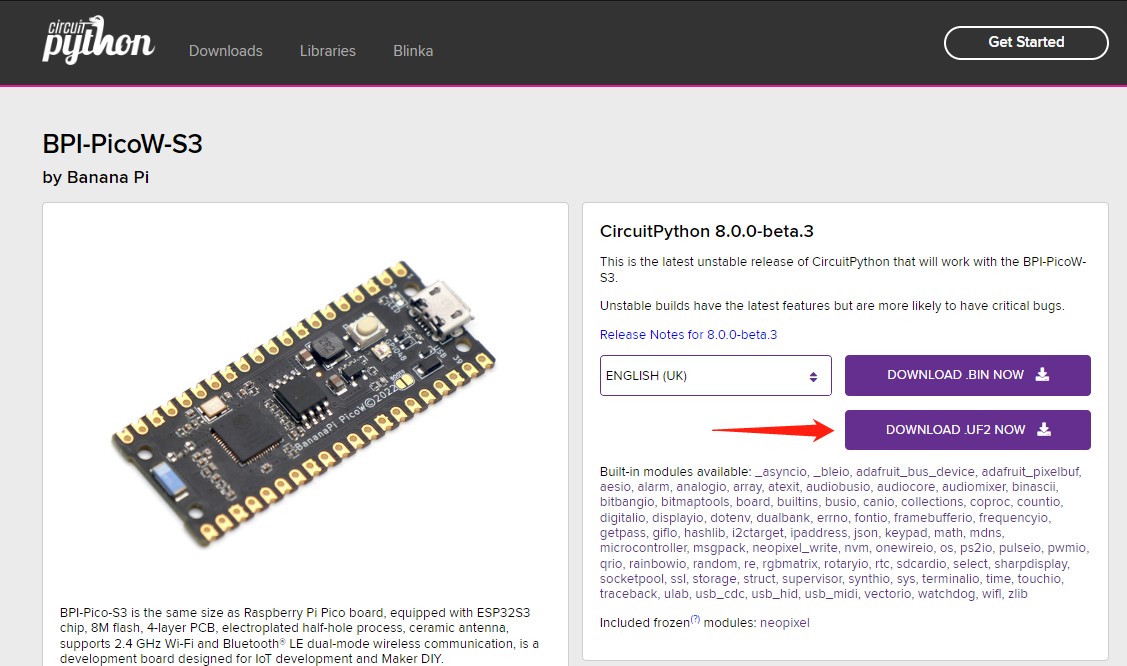
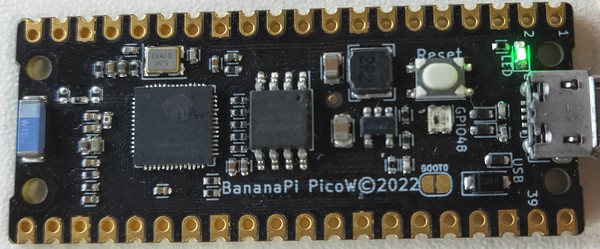
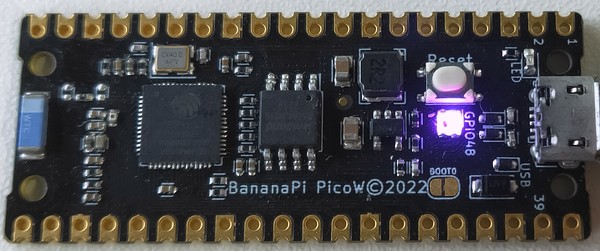


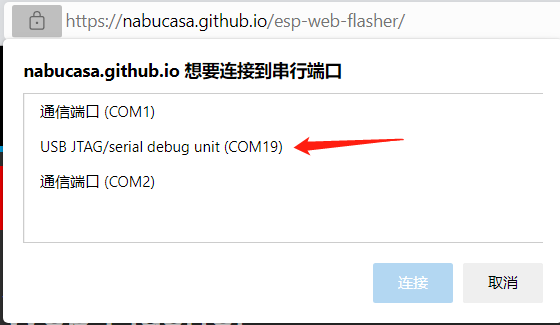
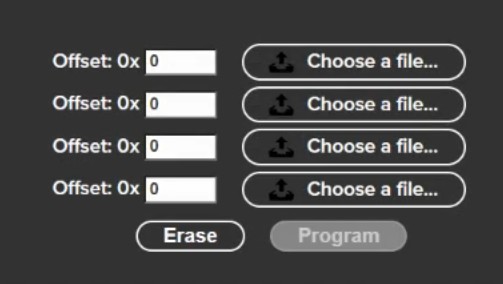
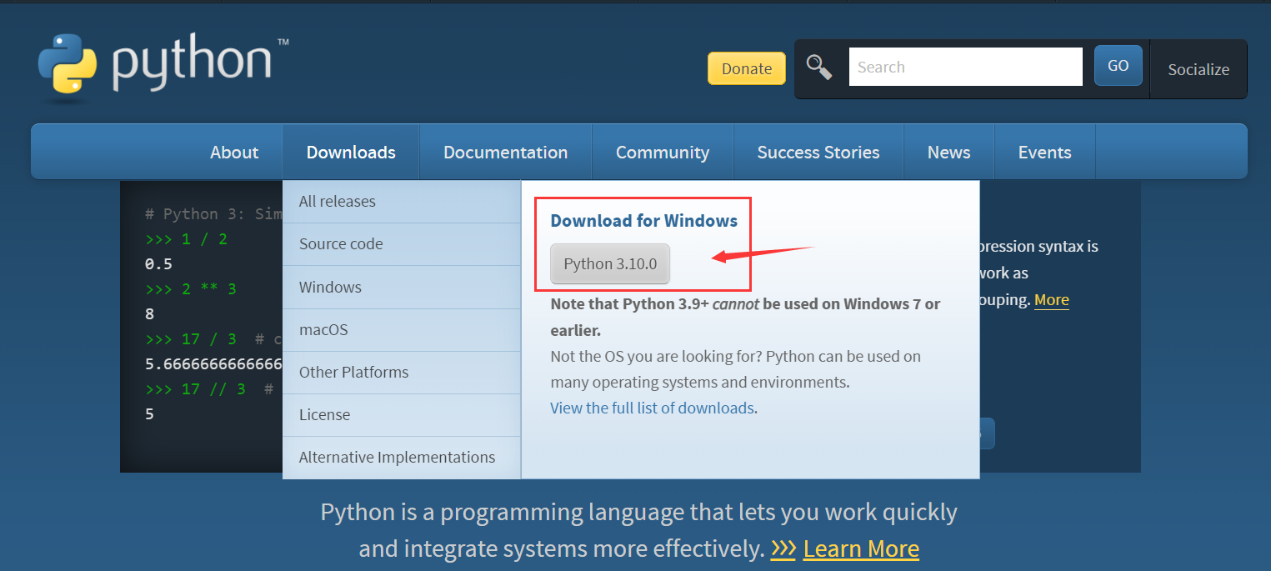
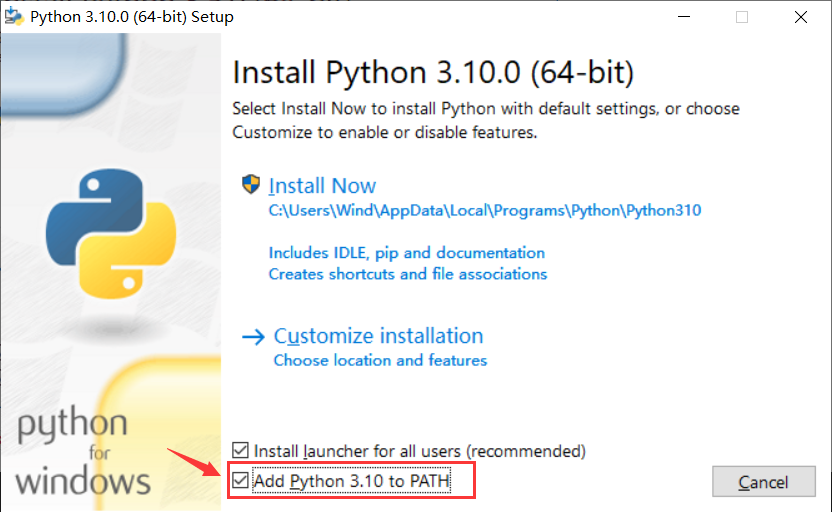
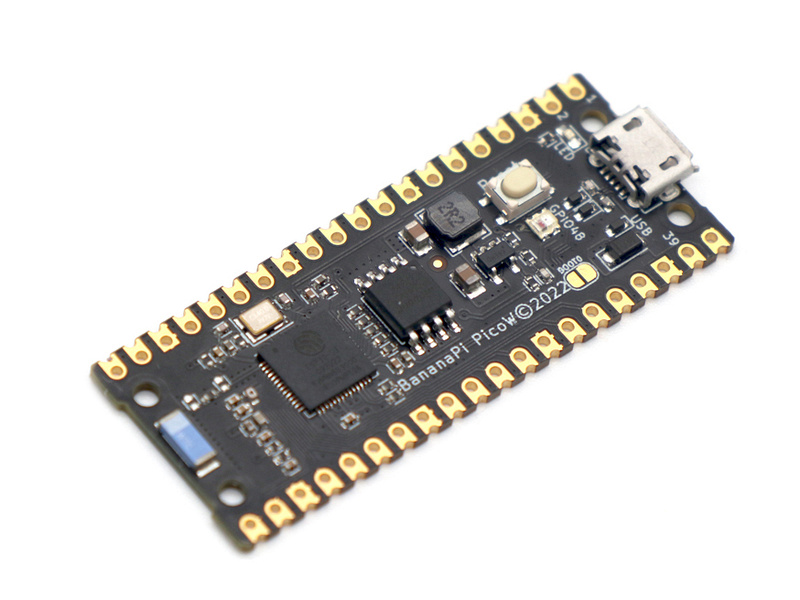
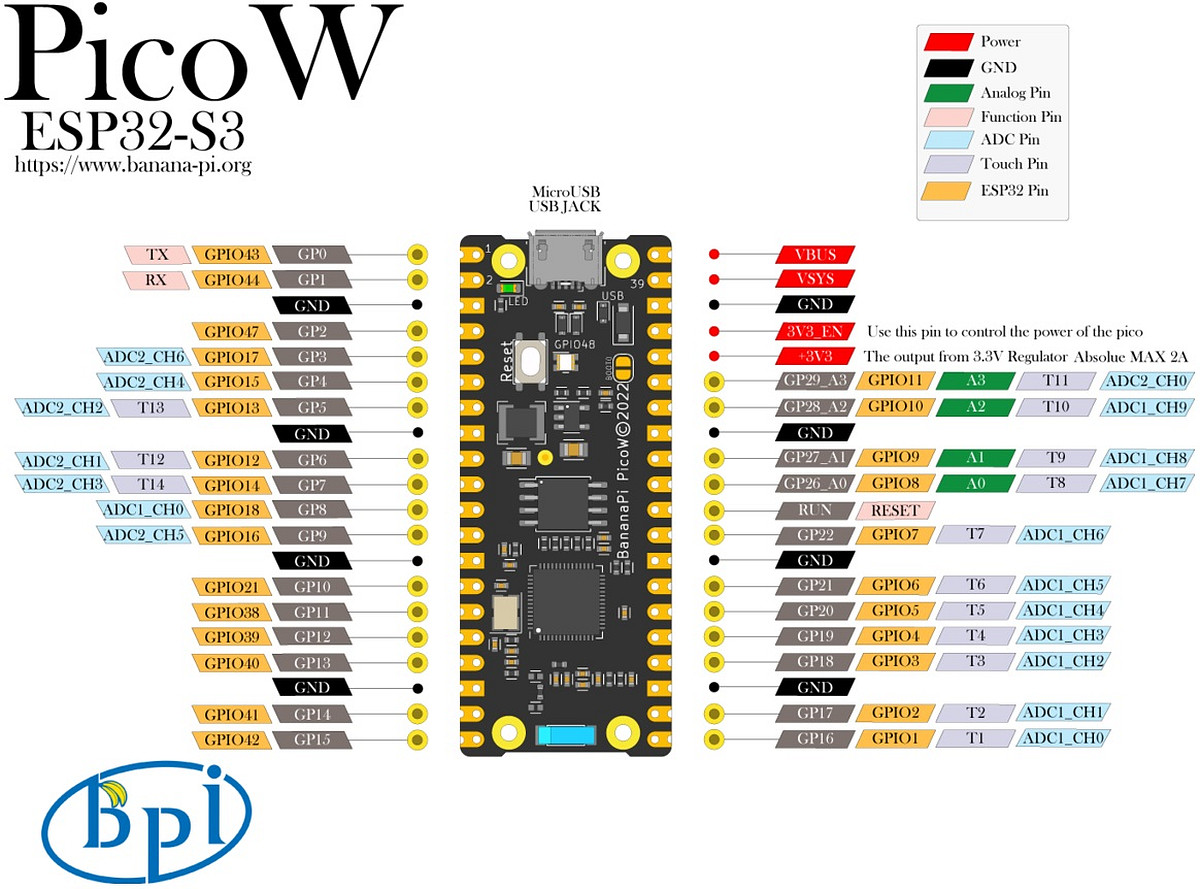

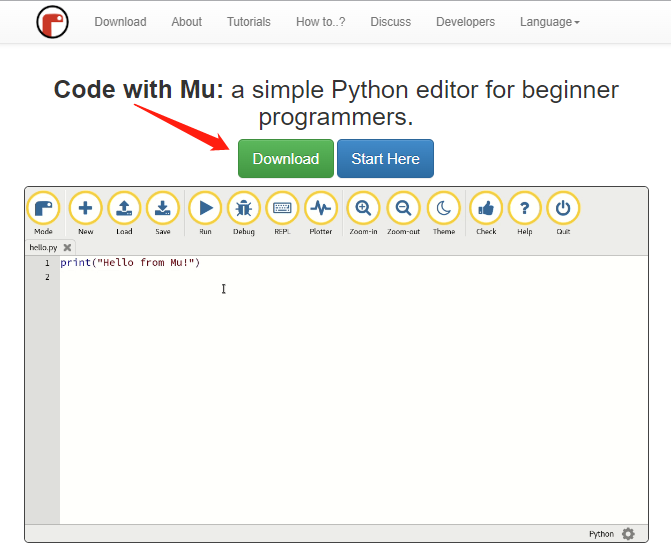
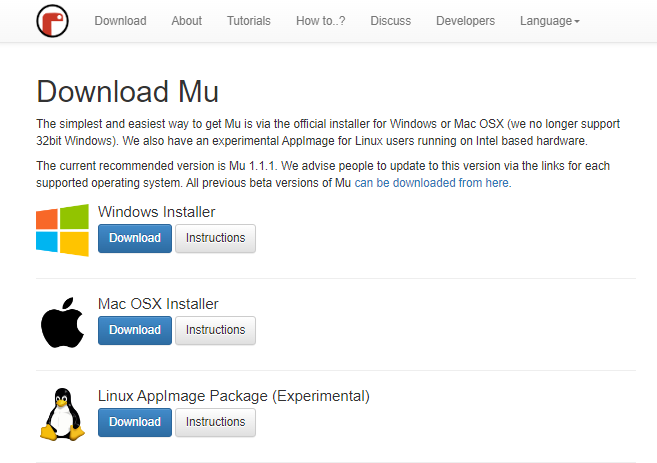
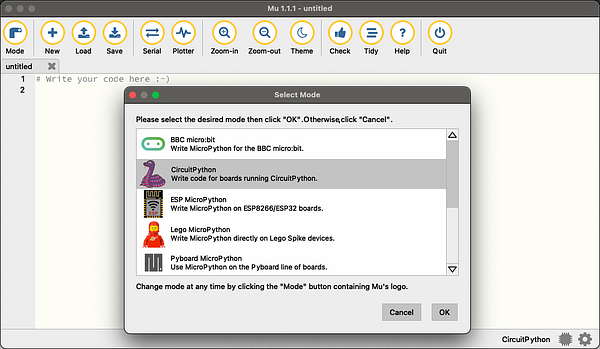
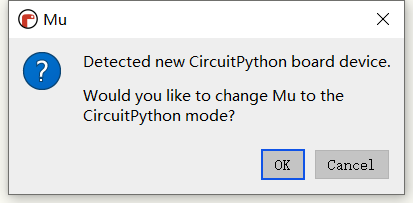

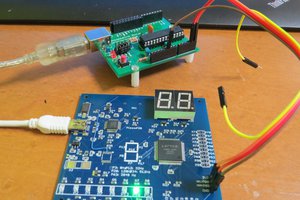
 kodera2t
kodera2t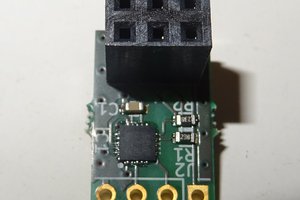

 Gergely Imreh
Gergely Imreh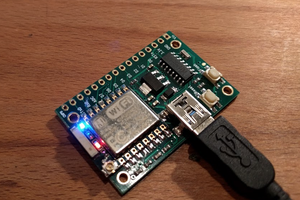
 stopsendingmejunk
stopsendingmejunk